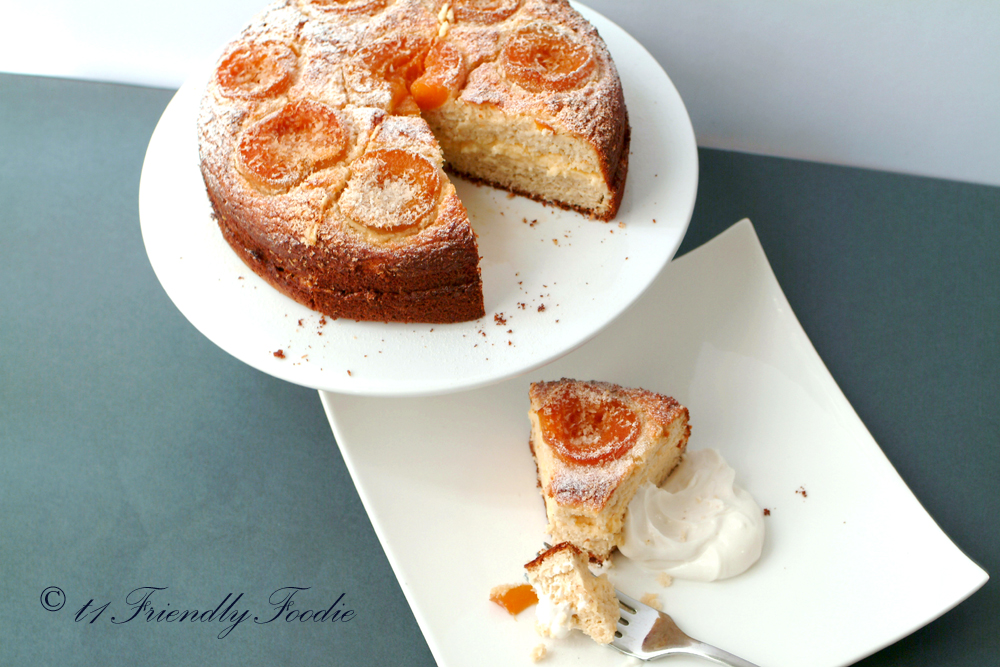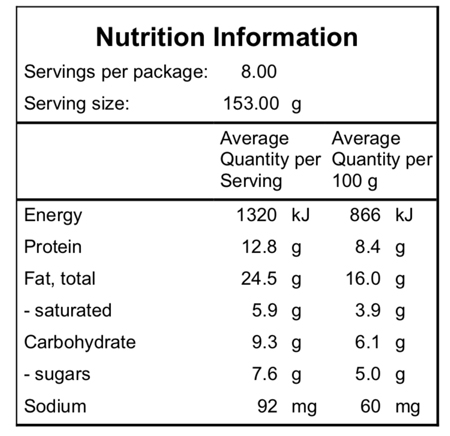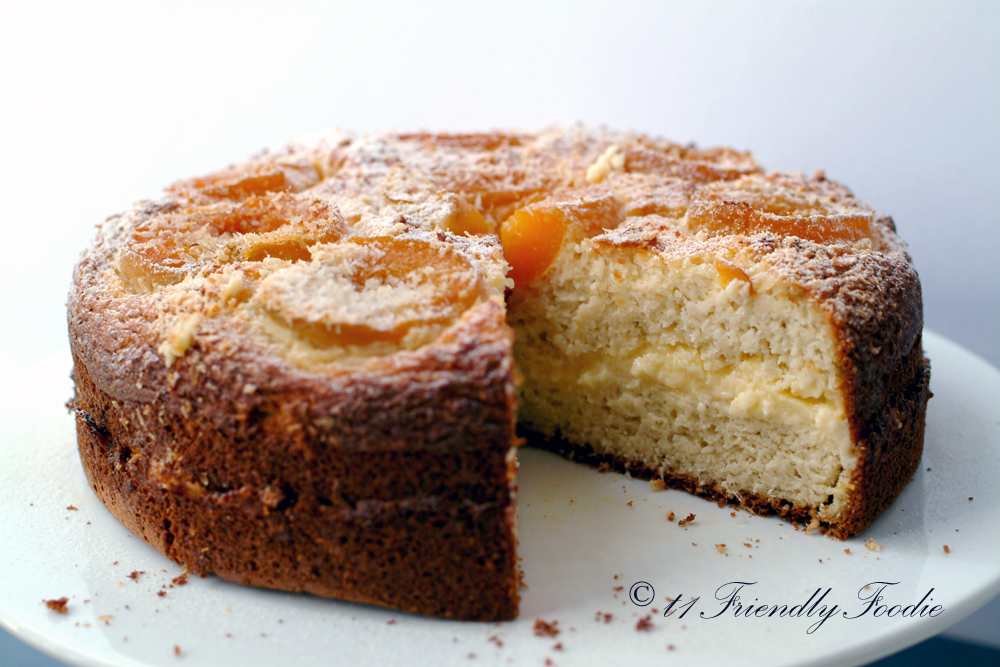Ok, so it’s not often I crave custard. In fact it’s not something I have ever really eaten. My dad loves custard and would do anything for a custard slice and any chance he gets to make stewed apples and custard, he’s in.
My kids are even in on the tradition now and help him cook up a load of custard and apples.
Even though I’ve watched my dad eat loads of the stuff over the years, I never felt like I was missing out.
But recently, out of nowhere, I had a craving for custard!
Trying unsuccessfully to get the thought of custard out of my head, I turned to the kitchen and started to experiment.
This time though, I was also craving apricots, so I decided to combine the two. That’s when my Diabetic-friendly Apricot and Custard Cake was born!
At first I wanted to make it using home-made custard, so I cooked up some traditional egg custard (with Stevia of course, not sugar), but I couldn’t get past the eggy-taste!
So I did some research and turned to some shop-bought, packet custard. Yes, it’s not ideal as normally I try to make all my cakes from scratch using natural ingredients, but it turns out starch-based custard is really great for this recipe.
To my surprise, I found you can twice-cook the custard without destroying its texture or flavour. So this was perfect for my recipe.
It also holds its shape really well, so it’s ideal for a layer cake as it won’t squish or dissolve into the raw cake batter when you’re trying to add the top layer of batter – awesome!
So the cake worked, but something was missing.
Icing! You can’t have an apricot and custard cake without icing. This was my next problem.

I have written about sugar-free sweeteners and icing sugar before in my previous posts.
The problem with sugar-free icing sugar on the market is often it’s made using sugar alcohols which are marketed as sugar free, but they do raise blood sugar levels, albeit at a slower rate than traditional cane sugar.
Many marketing companies don’t include sugar alcohols (such as xylitol, maltitol or erythritol) on the nutritional label, so it can be very hard to work out exactly how many carbs you’re eating.
So after wracking my brain trying to find a suitable sugar-free icing sugar substitute, I decided to make my own.
I use the Natvia sweetener with Stevia, as it is one of the few sugar-free sweeteners on the market that does actually include the sugar alcohol erythritol on the nutritional label.
To read more about sugar alcohols check out my post, Sweeteners Explained.
To make your own icing sugar all you have to do is grind the granulated Natvia sweetener in a mortar and pestle, then sprinkle it over your cake using a fine tea strainer.
So next time you’re walking past the local bakery and wishing you could eat a yummy custard treat, don’t miss out, give my Diabetic-friendly Apricot and Custard Cake a try!
At under one portion per slice (9.3g), it’s a must make!
Diabetic Friendly Apricot and Custard Cake
Ingredients
- 250 g almond meal
- 1/2 tsp 100% pure stevia extract powder (for the cake batter)
- 2 tsp baking powder
- 1/4 tsp bicarbonate of soda
- 1 tsp 100% pure vanilla extract (unsweetened)
- 100 g Greek yoghurt
- 1/2 cup full cream milk
- 1/2 cup shredded coconut (plus small handful for top)
- 2 eggs (large)
- 1 tin apricot halves in juice drained (small 410g tin)
- 1 tsp Natvia sweetener with stevia (for the top)
Custard: 1 cup full cream milk, 2 tbsp unsweetened vanilla custard powder, 1/8 tsp 100% pure stevia extract powder.
Vanilla yoghurt to serve: 160g natural YoPro yoghurt, 1/2 tsp 100% pure stevia extract, 1 tsp 100% pure vanilla extract.
Instructions
-
Preheat oven to 180 degrees Celsius. Line a round cake tin approx. 18cm wide x 9cm deep.
-
Open the tin of apricots, drain all the juice and discard. Set aside.
-
To make the custard, pour one cup of full cream milk into a pan, add the custard powder and stevia and whisk well until all dissolved. Put the pan onto the stove and bring to the boil, whisking all the time. Turn down the heat and continue whisking until thick. Set aside to cool slightly.
-
Add all dry ingredients together including almond meal, baking powder, bicarbonate of soda, stevia and coconut in a bowl and mix well with a spoon until well combined.
-
In a separate bowl add all the wet ingredients including the vanilla, Greek yoghurt, milk and eggs. Whisk until well combined.
-
Pour all the wet ingredients into the dry ingredients and whisk until well combined.
-
Pour half the cake batter into a lined cake tin and smooth with the back of a spoon until it's even. Pour all the custard on top, then add the remaining cake batter and again smooth with the back of a spoon.
-
Position the apricot halves over the top of the cake, sprinkle over the extra coconut and bake in the oven for approximately 1 hour. Remove from the oven and allow to cool. in the tin
-
Add the Natvia sweetener to a mortar and grind into a fine powder with a pestle. Remove the cake from the tin and dust the top with the ground Natvia using a fine tea strainer.
-
Serve the cake with a dallop of vanilla yoghurt.
Recipe Notes





